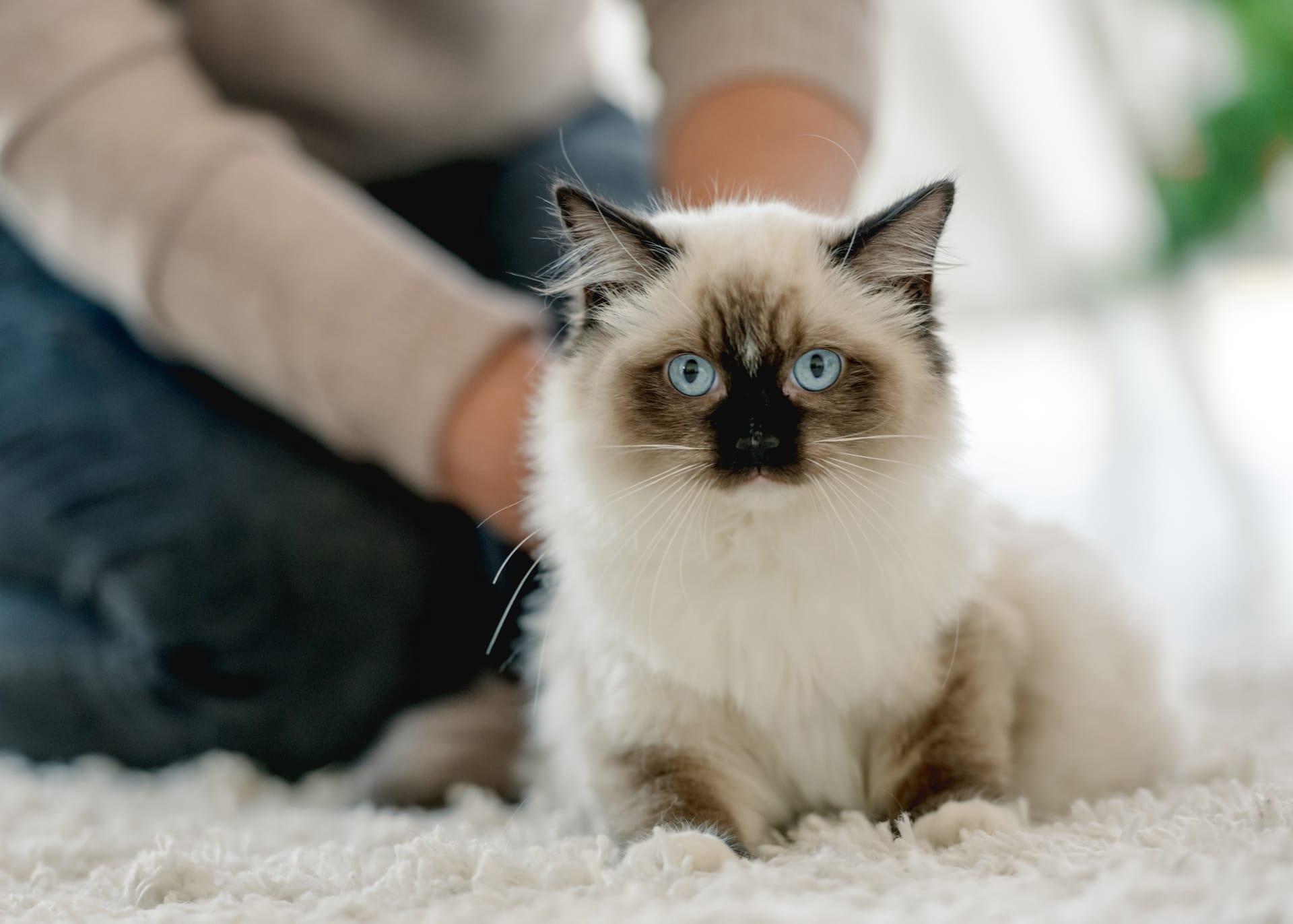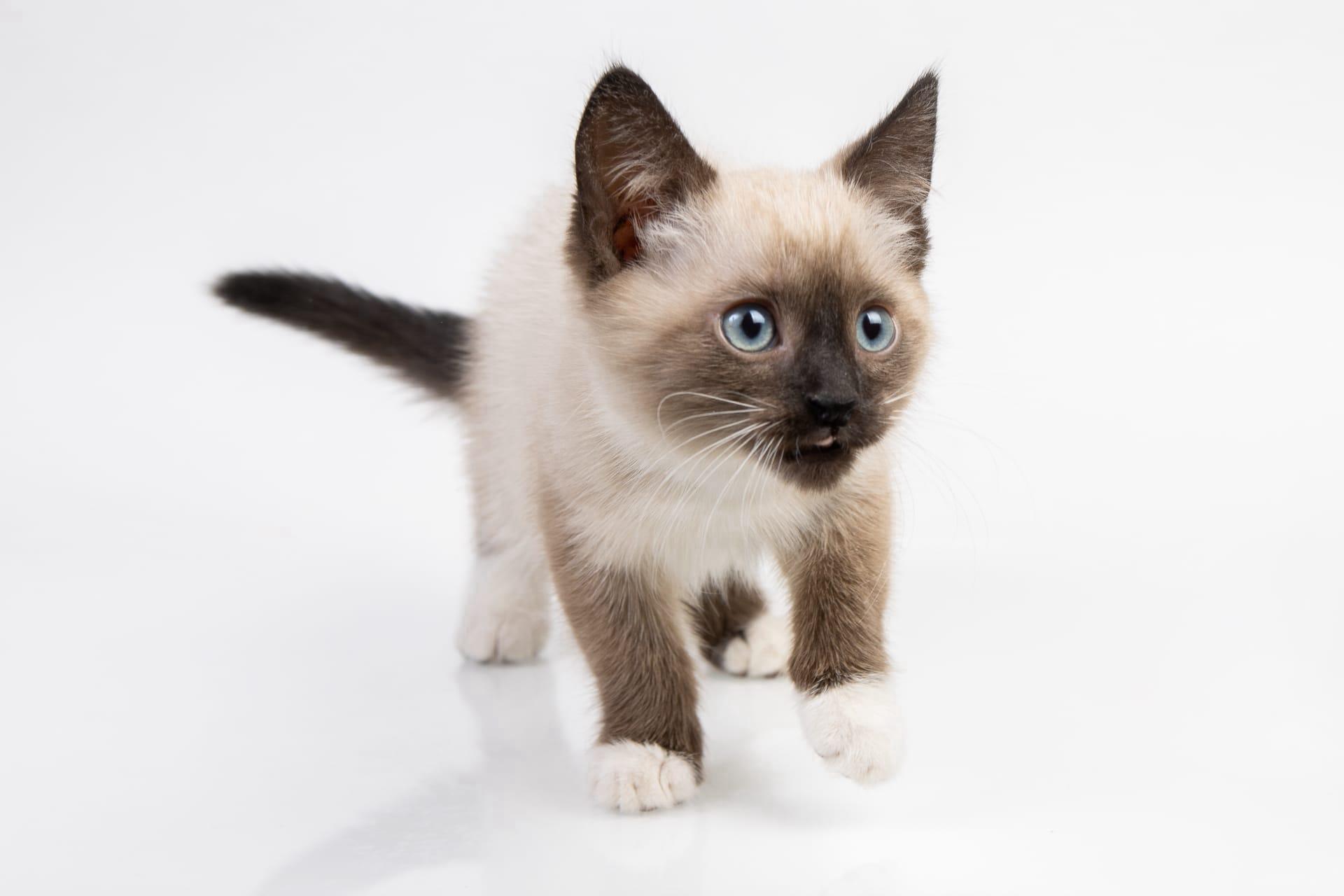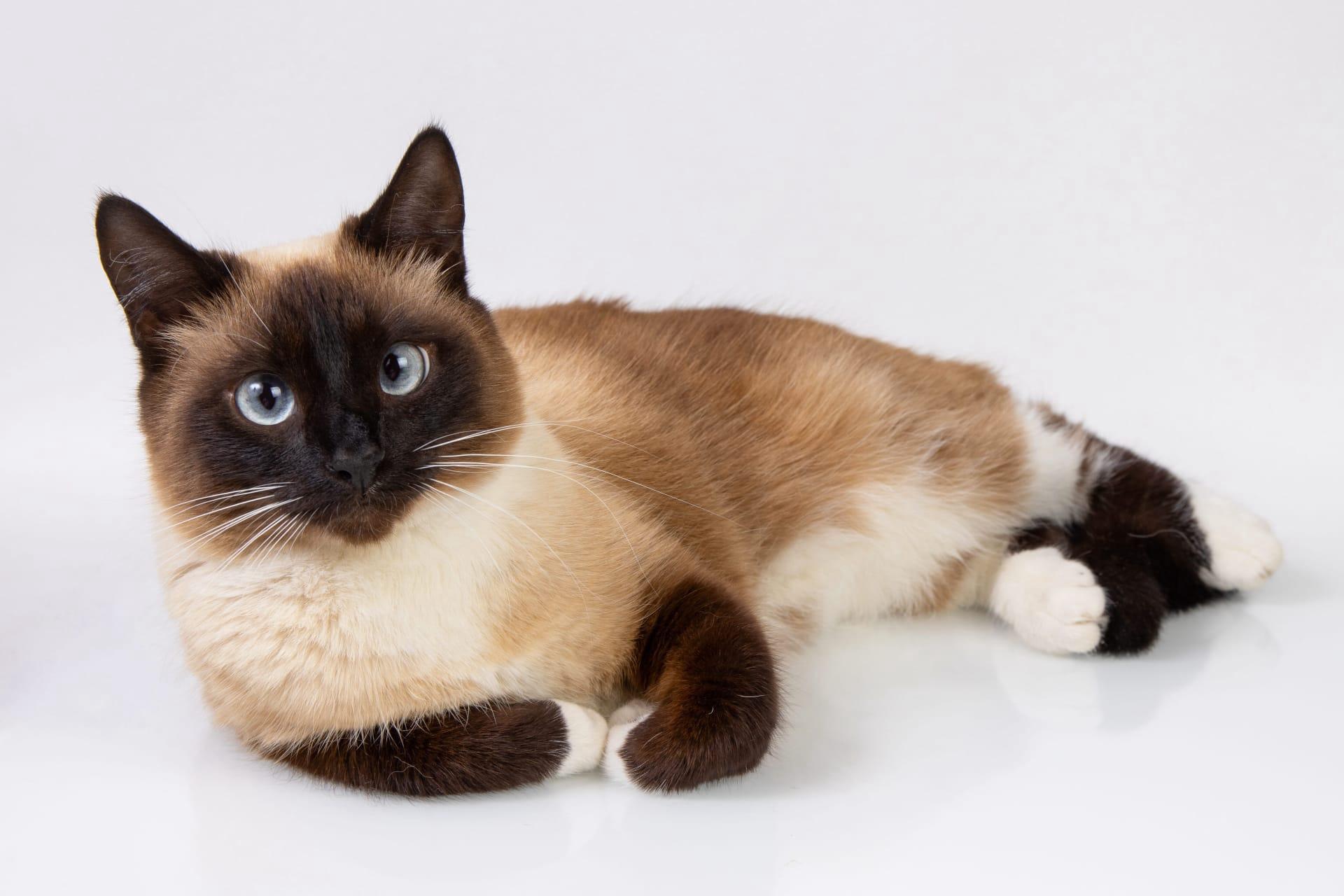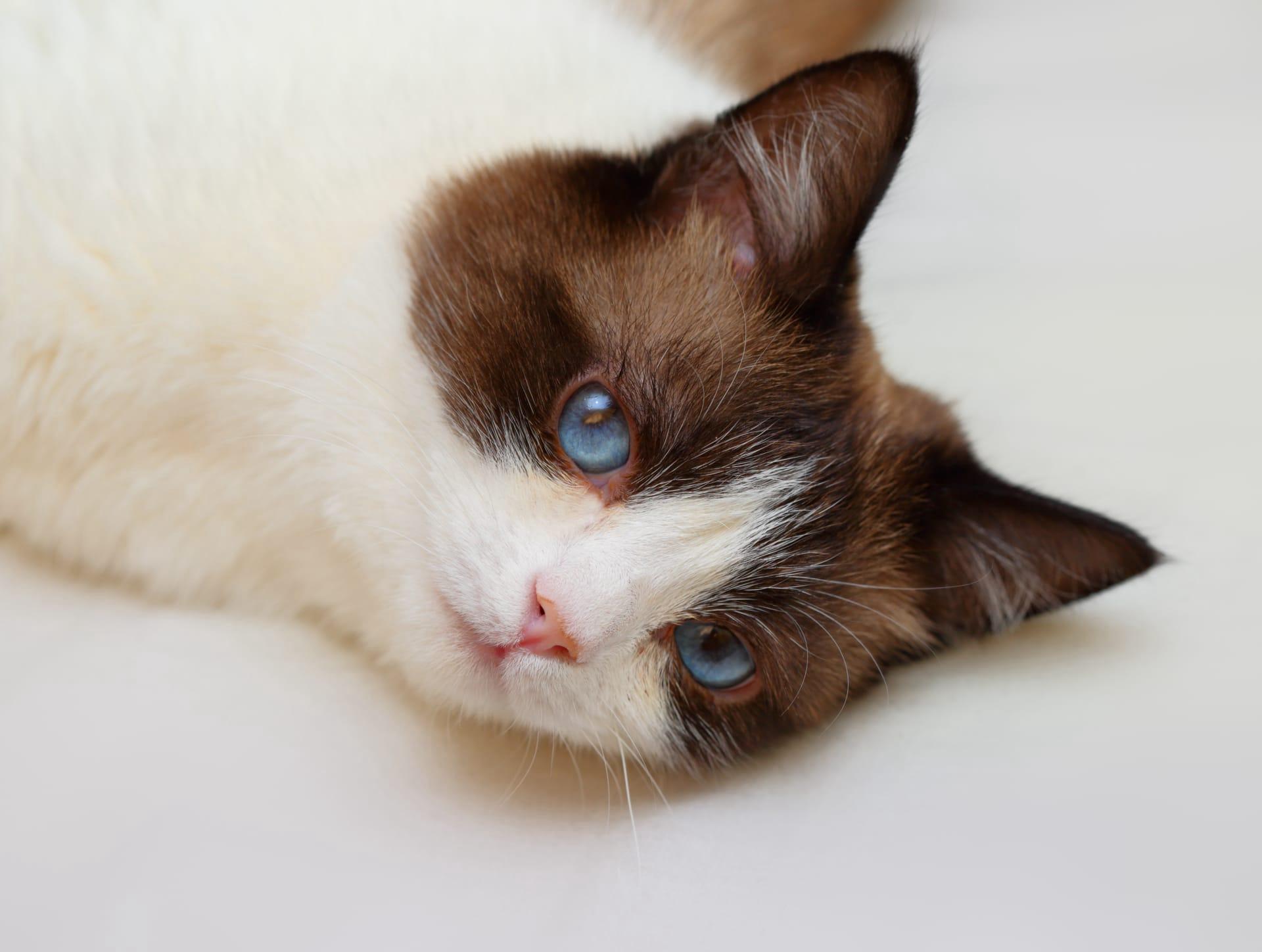Snowshoe Cat
- Home /
- Mini Encyclopedia /
- Animal /
- Snowshoe Cat
1
The Snowshoe Cat is a captivating breed that falls under the domestic cat category, scientifically referred to as Felis catus. This breed is distinguished by its striking combination of a short-haired coat with a Siamese pattern and white, snow-boot like markings on its paws, which give the Snowshoe its name. Its physical characteristics include a medium-sized, muscular body, blue almond-shaped eyes, and a coat that showcases a variety of colors, primarily seal or blue points mixed with white.
Snowshoe Cats are found across the globe, primarily in countries where cat enthusiasts and breeders appreciate their unique appearance and friendly demeanor. Initially bred in the United States in the 1960s, their popularity has spread to the United Kingdom, Europe, and Australia. Despite their widespread appreciation, Snowshoes remain relatively rare due to the unpredictable nature of their coat and marking patterns, which makes breeding a challenge.

2
Question: Is it true that Snowshoe Cats require a special diet due to their unique coat and markings?
Answer: No, Snowshoe Cats do not require a special diet specifically because of their coat and markings. Like all cats, they benefit from a balanced and nutritious diet that meets their age, size, and health requirements. The misconception may arise from their distinct appearance, but dietary needs are based on general feline health principles rather than coat type.

3
Snowshoe Cats develop strong bonds with their human families, showcasing a blend of affectionate behavior and independence. They are known for their friendly and sociable nature, often seeking attention and interaction from their owners. Their vocalizations are softer compared to their Siamese ancestors, making them pleasant companions in the household.
These cats are also known for their intelligence and playful demeanor, enjoying interactive toys and puzzles that challenge their cognitive skills. Their adaptability and sociable nature make them suitable for families, singles, and seniors alike, fitting well into various home environments and lifestyles.

4
The origins of the Snowshoe Cat trace back to the 1960s in the United States, specifically to a Siamese breeder named Dorothy Hinds-Daugherty from Philadelphia. She discovered several kittens in her Siamese litters with unique white paws and decided to develop a new breed by introducing American Shorthair genes, which contributed to the Snowshoe's distinct markings and robust body shape.
Over the years, the Snowshoe breed underwent several evolutionary changes, with breeders refining its appearance and temperament. Despite facing near extinction in the 1970s due to limited breeding stock, dedicated efforts by enthusiasts helped revive the breed. Today, Snowshoes are recognized by major cat registries, though they remain a rare breed. Their evolution continues as breeders aim to maintain the breed's health, distinct characteristics, and friendly nature.

5
Film: A notable documentary that explores the world of domestic cats, including the Snowshoe, is "The Lion in Your Living Room" (Canada, 2015). This documentary delves into the science behind cat behavior, genetics, and the special bond between cats and humans. While not exclusively about Snowshoes, it offers insights into their behavior and traits shared with other domestic cats.
Book: "The Cat Encyclopedia: The Definitive Visual Guide" (United Kingdom, 2014) by various authors, provides an extensive overview of cat breeds around the world, including the Snowshoe. This book offers detailed information on their history, characteristics, and care, making it a valuable resource for enthusiasts and owners.
Book: "Cats: The Complete Guide" (United States, 2008) by Grace McHattie, is another comprehensive book that covers various cat breeds, including the Snowshoe. It discusses breed standards, health care, and the unique personality traits of the Snowshoe, offering practical advice for current or prospective owners.